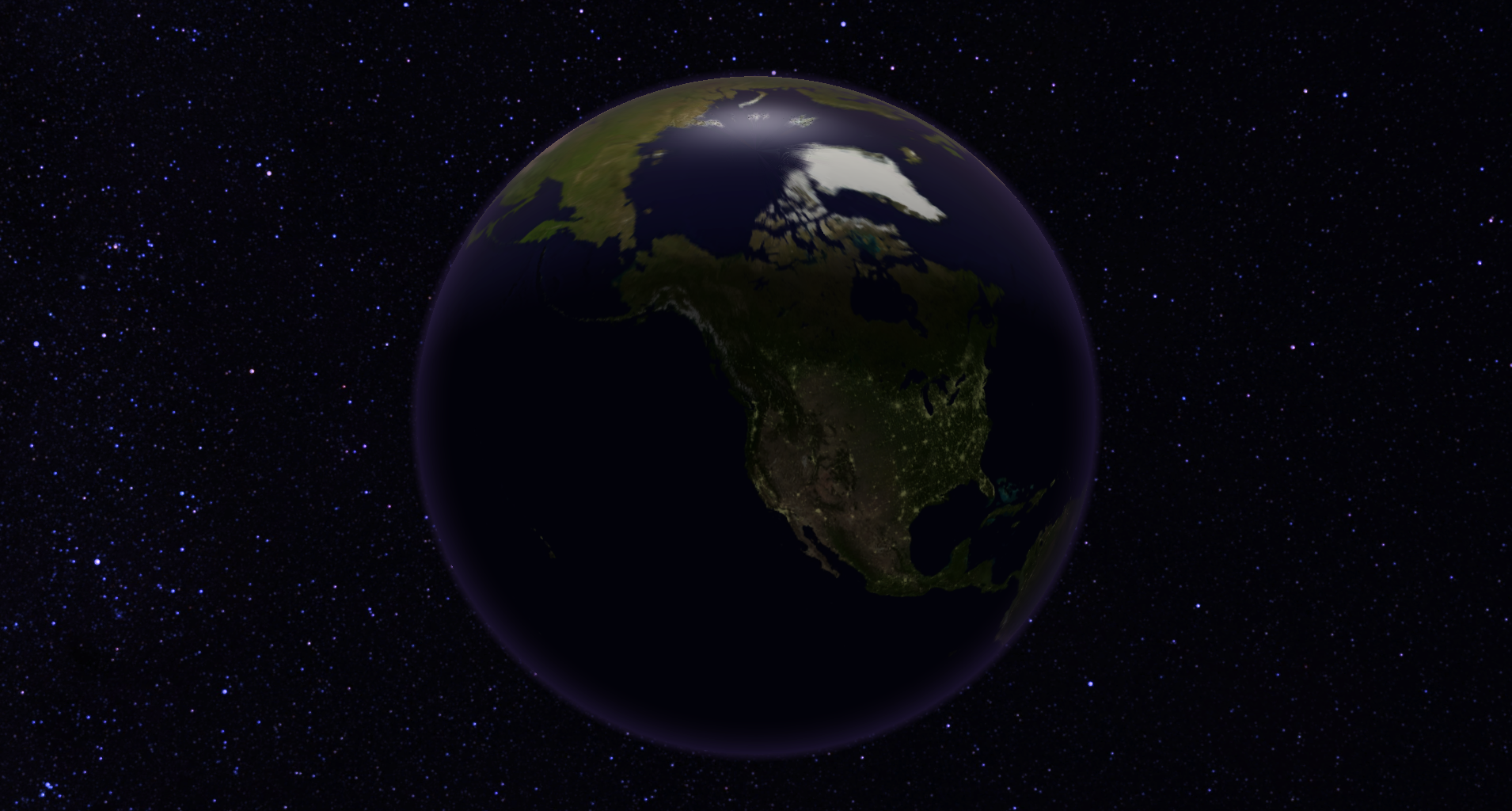Observing the Evening Sky in Summer's Twilight Zone

What is twilight? Roughly speaking, it is the time between when the sun sets and when the sky becomes totally dark.
Based on how far the sun is below the horizon, scientists distinguish among three different levels of twilight: civil twilight, nautical twilight and astronomical twilight.
Civil twilight refers to the time when the sun is between the horizon and 6 degrees below the horizon. During civil twilight, objects can be clearly distinguished, but only a few of the brightest stars and planets can be seen. [Jupiter's Moons and A Comet In June 2016 Skywatching | Video]
Nautical twilight occurs when the sun is between 6 degrees and 12 degrees below the horizon. Quite a few stars are visible, and this is when navigators make a lot of their observations.
Astronomical twilight occurs when the sun is between 12 degrees and 18 degrees below the horizon. Only at the end of astronomical twilight, when the sun is at least 18 degrees below the horizon, is the sky fully dark, and observers can see the faintest stars or deep-sky objects visible from those viewers' locations.
This assumes freedom from other forms of light, including moonlight, and stray light from local or distant artificial light sources, or what is called light pollution.
Summer skywatching
The Earth is tilted on its axis, which means that when the Northern Hemisphere points toward the sun and experiences summer, the Southern Hemisphere points away from the sun and experiences winter. In summer, the days are longer and the nights are shorter than in winter. The sun doesn't dip quite so far below the horizon, and as a result, the length of time during the night when the sky is totally dark is much shorter than in winter. The farther north one travels, the shorter the summertime darkness becomes.
Get the Space.com Newsletter
Breaking space news, the latest updates on rocket launches, skywatching events and more!
Let's look at one example, New York City, which is at latitude 41 degrees north, about average for the United States. In the summer, the sun rises at 5:25 a.m. and sets at 8:30 p.m. in New York. But the sky in this city (without light pollution) is only fully dark with the sun more than 18 degrees below the horizon, between 10:37 p.m. and 3:18 a.m. So, at the latitude of New York, astronomers can see a totally dark sky at midsummer for less than 5 hours.
As you move farther north, the summer twilight gets longer, and the length of total darkness shorter. In Seattle, latitude 48 degrees north, sunset is at 9:10 p.m. and sunrise at 5:11 a.m. The sky is totally dark from 12:19 a.m. until 2:03 a.m., less than 2 hours.
Moving even farther north to Edmonton, Alberta, latitude 54 degrees, sunset is at 9:07 p.m. and sunrise at 4:04 a.m. When Edmonton viewers look at the altitude of the sun during the night, they find that it never gets even close to 18 degrees below the horizon. In fact, the sun never gets further than 13 degrees below the horizon on the summer solstice night in this city. This means that for several weeks in midsummer, the sky never gets completely dark there.
Consider that some of the finest deep-sky objects are in the constellations Scorpius and Sagittarius, which reach their highest points only in June and July. Then, you can see the problem facing astronomers in northern latitudes.
In Europe, things are even worse, because the major population concentrations in that continent are much farther north than in North America. I discovered this myself when visiting Cumberland in northern England as a teenager. There, at midnight local time in midsummer, the sun is only 12 degrees below the horizon, still in nautical twilight.
The situation is not as bad in the Southern Hemisphere, as there are only a handful of cities south of 45 degrees south.
So what do northern astronomers do in the summertime? Aside from observing the sun, they do very little. I have an astronomer friend who lives in Yellowknife in Canada’s Northwest Territories, latitude 62 degrees north. In the summer, he tends to travel. I first met him at the solar eclipse in Libya in 2006.
Surprisingly, a number of dedicated deep-sky observers live in Canada's prairie provinces, and have logged large numbers of deep-sky objects despite the challenges of observing in the summer "twilight zone."
This article was provided to Space.com by Simulation Curriculum, the leader in space science curriculum solutions and the maker of Starry Night and SkySafari. Follow Starry Night on Twitter @StarryNightEdu. Follow us @Spacedotcom, Facebook and Google+. Original article on Space.com.
Join our Space Forums to keep talking space on the latest missions, night sky and more! And if you have a news tip, correction or comment, let us know at: community@space.com.

Geoff Gaherty was Space.com's Night Sky columnist and in partnership with Starry Night software and a dedicated amateur astronomer who sought to share the wonders of the night sky with the world. Based in Canada, Geoff studied mathematics and physics at McGill University and earned a Ph.D. in anthropology from the University of Toronto, all while pursuing a passion for the night sky and serving as an astronomy communicator. He credited a partial solar eclipse observed in 1946 (at age 5) and his 1957 sighting of the Comet Arend-Roland as a teenager for sparking his interest in amateur astronomy. In 2008, Geoff won the Chant Medal from the Royal Astronomical Society of Canada, an award given to a Canadian amateur astronomer in recognition of their lifetime achievements. Sadly, Geoff passed away July 7, 2016 due to complications from a kidney transplant, but his legacy continues at Starry Night.










